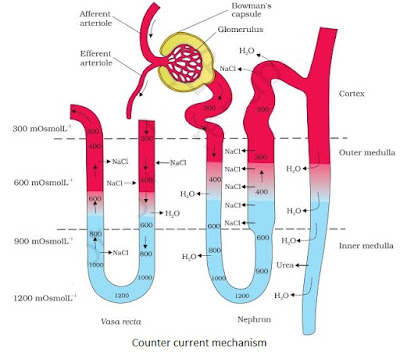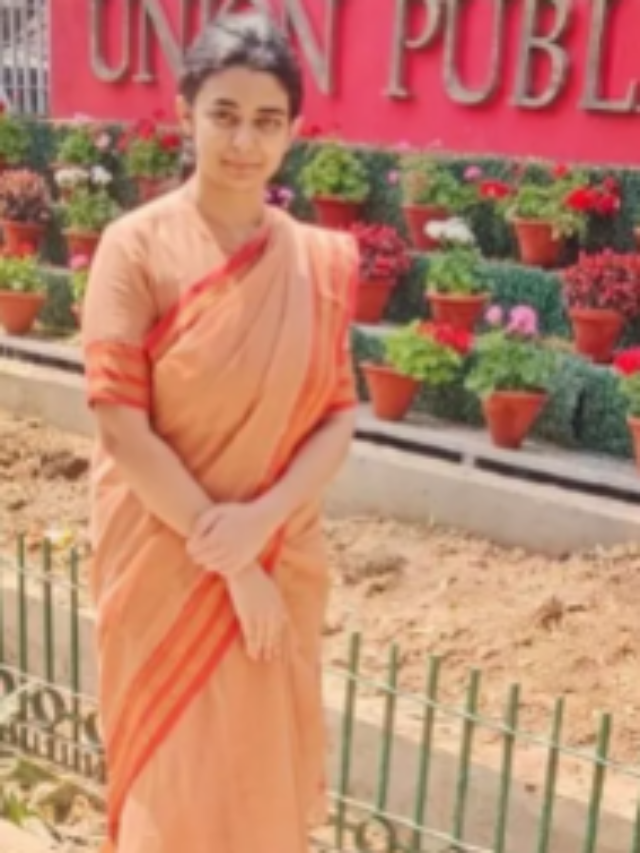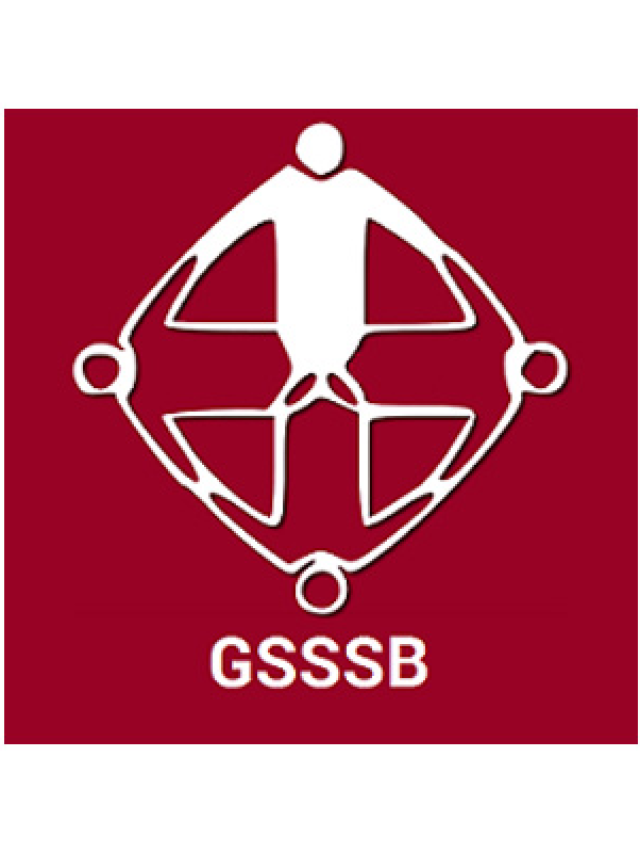Topics and Subtopics in NCERT Solutions for Class 11 Biology Chapter 19 Excretory Products and their Elimination:
| Section Name | Topic Name |
| 19 | Excretory Products and their Elimination |
| 19.1 | Human Excretory System |
| 19.2 | Urine Formation |
| 19.3 | Function of the Tubules |
| 19.4 | Mechanism of Concentration of the Filtrate |
| 19.5 | Regulation of Kidney Function |
| 19.6 | Micturition |
| 19.7 | Role of other Organs in Excretion |
| 19.8 | Disorders of the Excretory System |
| 19.9 | Summary |
NCERT Solutions – Class 11 Biology excretory Products and their Elimination :
1. Define Glomerular Filtration Rate (GFR)Answer
The amount of the filtrate formed by the kidneys per minute is called glomerular filtration rate (GFR).
2. Explain the autoregulatory mechanism of GFR.Answer
The kidneys have built-in mechanisms for the regulation of glomerular filtration rate. One such efficient mechanism is carried out by juxtabglomerular apparatus (JGA). JGA is a special sensitive region formed by cellular modifications in the distal convoluted tubule and the afferent arteriole at the location of their contact. A fall in GFR can activate the JG cells to release renin which can stimulate the glomerular blood flow and thereby the GFR back to normal.
3. Indicate whether the following statements are true or false:
(a) Micturition is carried out by a reflex.► True
(b) ADH helps in water elimination, making the urine hypotonic.► False
(c) Protein-free fluid is filtered from blood plasma into the Bowman’s capsule.► True
(d) Henle’s loop plays an important role in concentrating the urine.► True
(e) Glucose is actively reabsorbed in the proximal convoluted tubule.► True
4. Give a brief account of the counter current mechanism.Answer
The counter current mechanism operating inside the kidney is the main adaptation for the conservation of water. The Henle’s loop and vasa rectaare two counter current mechanisms inside the kidneys. The flow of filtrate in the two limbs of Henle’s loop is in opposite directions and thus forms a counter current. As a result, blood entering the renal medulla in the descending limb comes in close contact with the outgoing blood in the ascending limb. The osmolarity increases from 300 mOsmolL-1 in the cortex to 1200 mOsmolL-1 in the inner medulla by counter current mechanism. It helps in maintaining the concentration gradient, which in turn helps in easy movement of water from collecting tubules. The gradient is a result of the movement of NaCl and urea.

5. Describe the role of liver, lungs and skin in excretion.Answer• Role of Lungs: This remove large amounts of CO2 and also significant quantities of water every day.• Role of Liver: This is the largest gland in our body, secretes bile-containing substances like bilirubin, biliverdin, cholesterol, degraded steroid hormones, vitamins and drugs. Most of these substances ultimately pass out alongwith digestive wastes.
• Role of Skin: Skin has sweat and sebaceous glands that can eliminate certain substances through their secretions. Sweat glands are highly vascular and tubular glands that separate the waste products from the blood and excrete them in the form of sweat. Sweat excretes excess salt and water from the body. Sebaceous glands eliminate certain substances like sterols, hydrocarbons and waxes through sebum.
6. Explain micturition.
AnswerThe process of release of urine is called micturition. Urine formed by the nephrons is ultimately carried to the urinary bladder where it is stored till a voluntary signal is given by the central nervous system (CNS). This signal is initiated by the stretching of the urinary bladder as it gets filled with urine. In response, the stretch receptors on the walls of the bladder send signals to the CNS. The CNS passes on motor messages to initiate the contraction of smooth muscles of the bladder and simultaneous relaxation of the urethral sphincter causing the release of urine. An adult human excretes, on an average, 1 to 1.5 litres of urine per day.
7. Match the items of column I with those of column II:
| Column I | Column II |
| (a) Ammonotelism | (i) Birds |
| (b) Bowman’s capsule | (ii) Water reabsorption |
| (c) Micturition | (iii) Bony fish |
| (d) Uricotelism | (iv) Urinary bladder |
| (d) ADH | (v) Renal tubule |
Solution:
| Column I | Column II |
| (a) Ammonotelism | (iii) Bony fish |
| (b) Bowman’s capsule | (v) Renal tubule |
| (c) Micturition | (iv) Urinary bladder |
| (d) Uricotelism | (i) Birds |
| (d) ADH | (ii) Water reabsorption |
8. What is meant by the term osmoregulation?
Solution:
Osmoregulation is the process of regulating the osmotic concentration in the cells of the body by checking the quantity of water and salts.
9. Terrestrial animals are generally either ureotelic or uricotelic, not ammonotelic, why?
Solution:
Ammonia is an extremely toxic nitrogenous waste. In order to reduce the toxicity of ammonia in the body, very large amount of water is necessary. To dilute ammonia, the bodies of terrestrial animals do not possess adequate quantity of water. If the body of terrestrial animals stores this excess ammonia, it may turn extremely poisonous for them. Hence in such animals, ammonia is always converted to less toxic uric acid and urea. This is the reason why terrestrial animals are generally either uricotelic or ureotelic.
10. What is the significance of juxta glomerular apparatus (JGA) in kidney function?
Solution:
The juxtaglomerular apparatus is a specialized sensitive region that is formed by the cellular modifications in the distal convoluted tubule and the afferent arteriole at the location of their contact.
Significance:
- Its mechanism is via the renin-angiotensin-aldosterone system (RAAS)
- When the glomerular filtration rate dips, the juxtaglomerular apparatus stimulates causing the secretion of renin
- This renin converts a protein into a peptide, i.e., angiotensinogen to angiotensin
- Angiotensin is a hormone that elevates the GFR and the flow of blood in these three ways:
- Narrowing the efferent arterioles to cause an increase in the glomerular pressure
- Triggering the walls of the PCT in order to reabsorb more of water and NaCl
- Triggers the adrenal gland to secrete aldosterone that facilitates reabsorption of water and NaCl in the DCT.
- The volume of blood and blood pressure thereby increases. The hypertonic urine and urine volume decreases.
11. Name the following:
(a) A chordate animal having flame cells as excretory structures
(b) Cortical portions projecting between the medullary pyramids in the human kidney
(c) A loop of capillary running parallel to the Henle’s loop.
Solution:
(a)A chordate animal having flame cells as excretory structures – Amphioxus
Flame cells or protonephridia are the excretory structures found in some animals.
(b)Cortical portions projecting between the medullary pyramids in the human kidney – Columns of
Bertini
The medulla is divided into several conical masses (medulla pyramids) that project into the calyces. The cortex extends in between the medullary pyramids as renal columns known as Columns of Bertini.
(c) A loop of capillary running parallel to the Henle’s loop – Vasa recta
A minute vessel of the network that runs parallel to the Henle’s loop forming a ‘U’ shaped vasa recta. Vasa recta is highly reduced in the cortical nephrons.
12. Fill in the gaps:
(a) Ascending limb of Henle’s loop is ______ to water whereas the descending limb is _______ to it.
(b) Reabsorption of water from distal parts of the tubules is facilitated by hormone _______.
(c) Dialysis fluid contain all the constituents as in plasma except _______.
(d) A healthy adult human excretes (on an average) _______ gm of urea/day
Solution:
- Impermeable, permeable
- Vasopressin (anti-diuretic hormone)
- Nitrogenous waste
- 25-30








